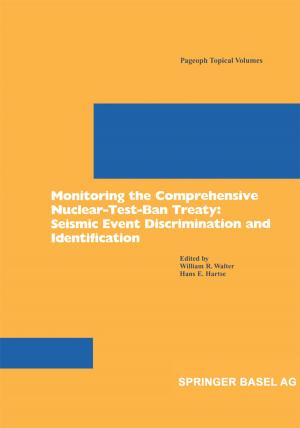Mycorrhizal Technology in Agriculture
From Genes to Bioproducts
Nonfiction, Science & Nature, Science, Biological Sciences, Biotechnology, Technology, Agriculture & Animal Husbandry| Author: | ISBN: | 9783034881173 | |
| Publisher: | Birkhäuser Basel | Publication: | December 6, 2012 |
| Imprint: | Birkhäuser | Language: | English |
| Author: | |
| ISBN: | 9783034881173 |
| Publisher: | Birkhäuser Basel |
| Publication: | December 6, 2012 |
| Imprint: | Birkhäuser |
| Language: | English |
Arbuscular Mycorrhiza (AM) is the most common mycorrhizal type involved in agricultural systems, and the most widespread plant root symbiosis. The fungi involved (Glomales) are known to promote plant growth and health by acting as biofertilizers, bioprotectors and bioregulators. The main aim of this book is to provide readers with theoretical and applied knowledge essential for the use of AM fungi in improving plant health and fitness, production of high quality food and in conservation of natural resources. The different chapters target understanding the role of AM fungi in sustainable crop production, discussing ways to improve biological equilibria between microorganisms in the mycorrhizosphere, analysing genetic, physiological, cellular and molecular bases of AM functioning and establishing technologies for inoculum production, according to the regulatory guidelines for application.
Arbuscular Mycorrhiza (AM) is the most common mycorrhizal type involved in agricultural systems, and the most widespread plant root symbiosis. The fungi involved (Glomales) are known to promote plant growth and health by acting as biofertilizers, bioprotectors and bioregulators. The main aim of this book is to provide readers with theoretical and applied knowledge essential for the use of AM fungi in improving plant health and fitness, production of high quality food and in conservation of natural resources. The different chapters target understanding the role of AM fungi in sustainable crop production, discussing ways to improve biological equilibria between microorganisms in the mycorrhizosphere, analysing genetic, physiological, cellular and molecular bases of AM functioning and establishing technologies for inoculum production, according to the regulatory guidelines for application.















